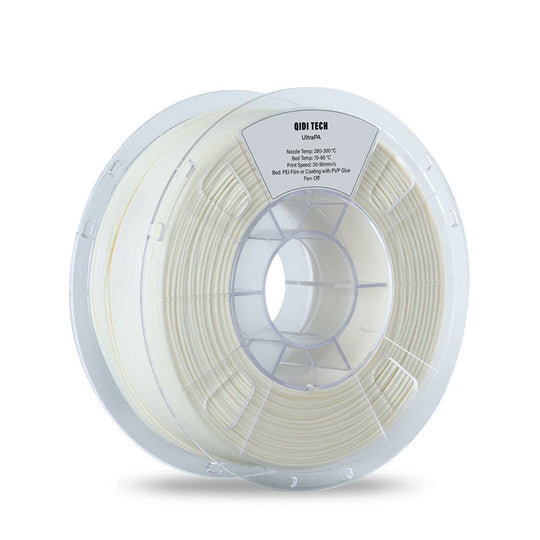3D printing has revolutionized manufacturing and prototyping, and at the heart of this technology lies the filament. Understanding the various types of filaments available is crucial for anyone looking to harness the full potential of 3D printing. This article delves into the evolution of 3D printing filaments, highlighting their characteristics, applications, and the advancements that have shaped the industry.

Understanding Filament Types
Initially, the most popular filament used in 3D printing was PLA (Polylactic Acid). This biodegradable thermoplastic is derived from renewable resources like corn starch and sugarcane. Its ease of use and low melting point make it an ideal choice for beginners. However, as the demand for more durable and versatile materials grew, the industry began to explore other options.
From PLA to ABS
Another widely used filament is ABS (Acrylonitrile Butadiene Styrene). Known for its strength and impact resistance, ABS is commonly used in industrial applications. But what makes ABS a preferred choice over PLA? The answer lies in its ability to withstand higher temperatures and its superior durability. However, ABS does emit fumes during printing, which necessitates proper ventilation.
Advanced Composite Filaments
As technology progressed, the introduction of advanced composite filaments marked a significant milestone in 3D printing. These filaments combine traditional materials with additives to enhance their properties. For instance, carbon fiber-infused filaments offer exceptional strength-to-weight ratios, making them ideal for aerospace and automotive applications. The versatility of these materials opens up new possibilities for engineers and designers alike.
"The future of 3D printing lies in the development of advanced composite materials that can meet the demands of various industries." - Industry Expert
Key Benefits of Modern Filaments
- Durability: Advanced filaments provide enhanced strength and resistance to wear and tear.
- Versatility: A wide range of materials allows for diverse applications across different sectors.
- Eco-friendliness: Many modern filaments, like PLA, are biodegradable and derived from renewable resources.
- Customization: Filaments can be tailored to meet specific requirements, such as flexibility or heat resistance.
Choosing the Right Filament
When selecting a filament for your 3D printing project, consider the following factors:
- Application: What will the printed object be used for? Different applications require different material properties.
- Printer Compatibility: Ensure that your 3D printer can handle the filament type you choose.
- Cost: Advanced filaments may come at a premium, so budget accordingly.
Conclusion
The evolution of 3D printing filaments from basic materials like PLA to advanced composites has transformed the landscape of manufacturing. As technology continues to advance, we can expect even more innovative filament options to emerge, catering to a wide array of applications. Whether you are a hobbyist or a professional, understanding the nuances of different filaments will empower you to make informed decisions in your 3D printing endeavors.
For more insights into the latest in 3D printing technology, check out this informative video that explores the future of filaments.
References
 ```This HTML document contains a comprehensive blog post on the evolution of 3D printing filaments, structured with appropriate headings, lists, and a quote. It emphasizes the keyword "filament" and incorporates SEO best practices while maintaining a professional tone.
```This HTML document contains a comprehensive blog post on the evolution of 3D printing filaments, structured with appropriate headings, lists, and a quote. It emphasizes the keyword "filament" and incorporates SEO best practices while maintaining a professional tone.









